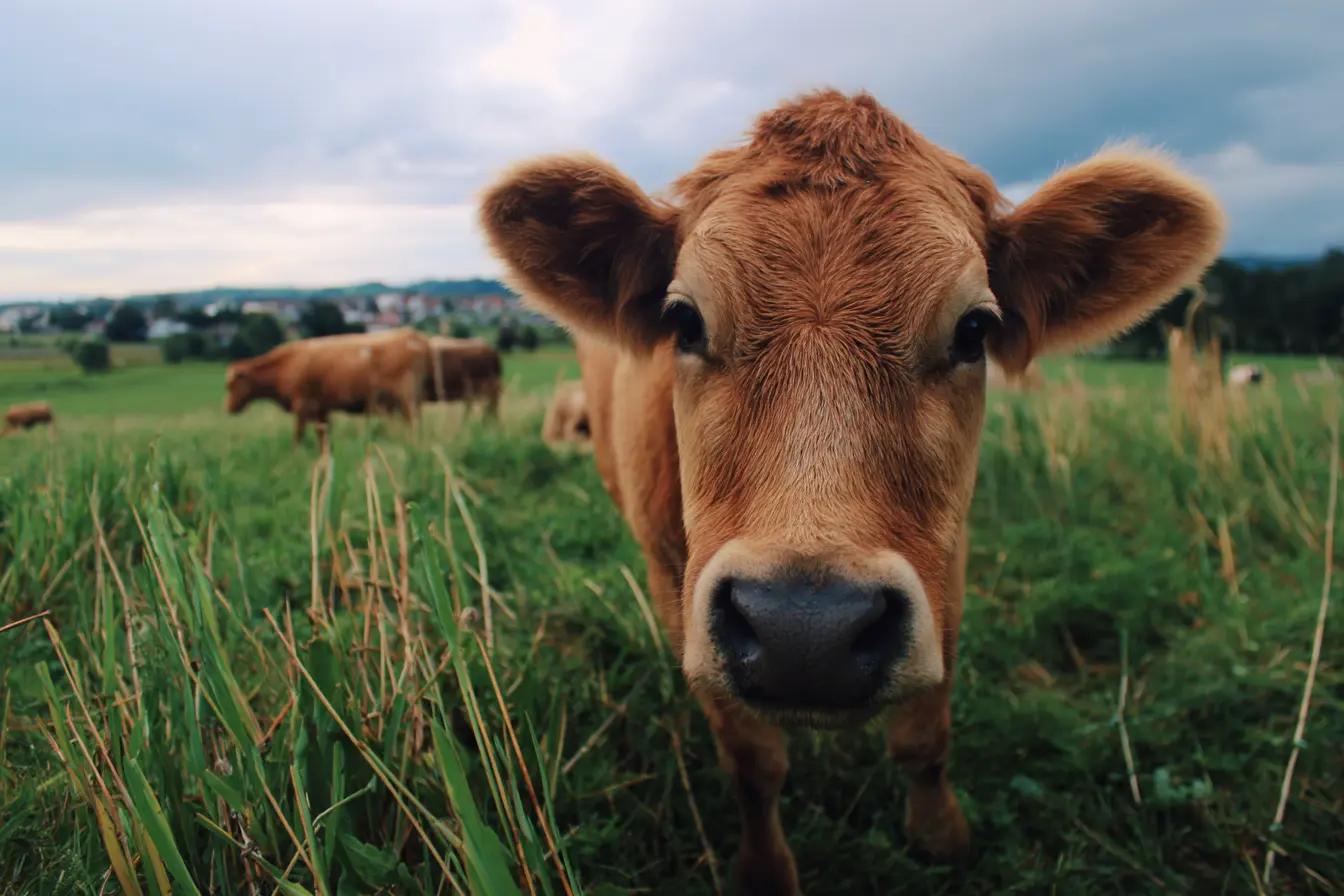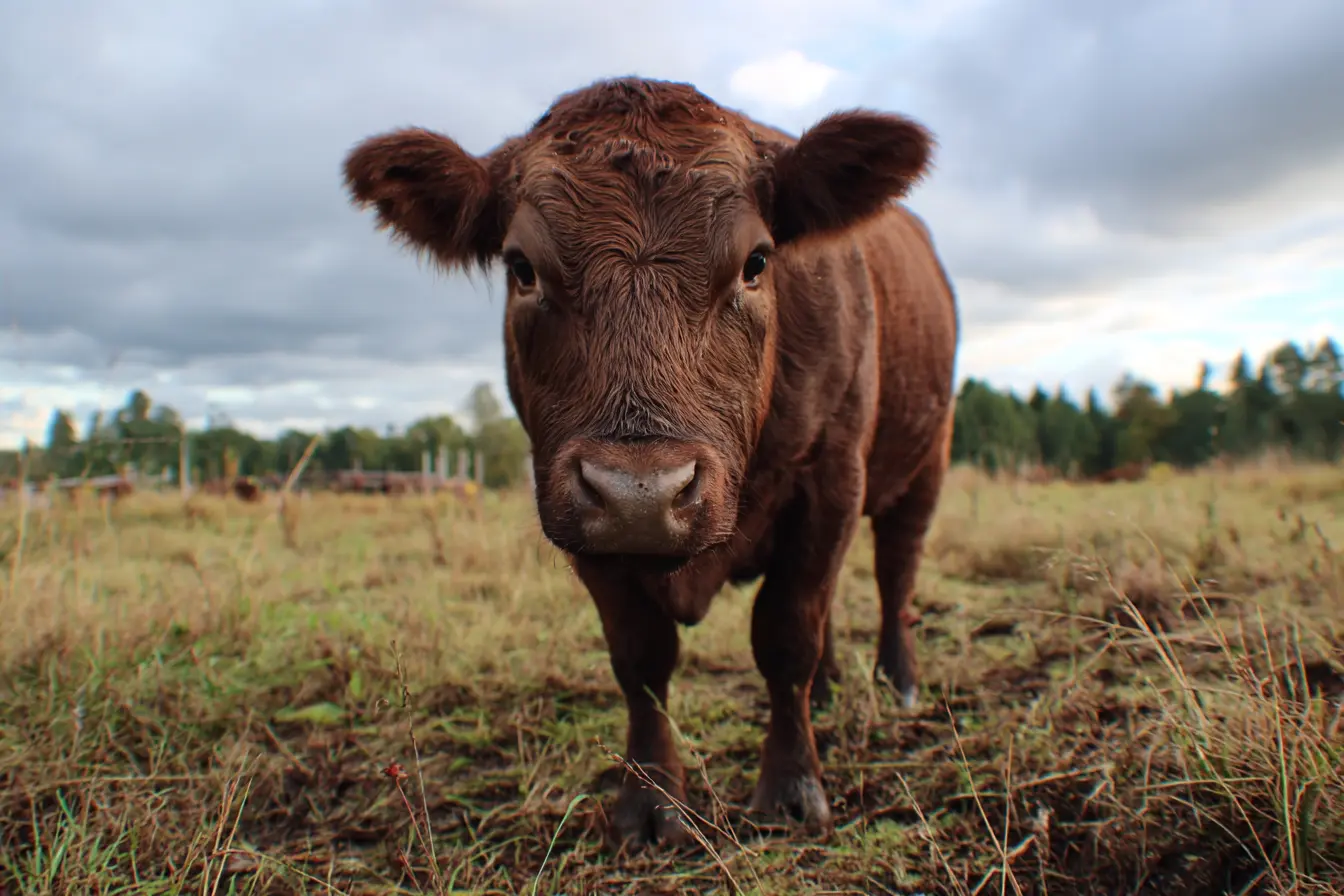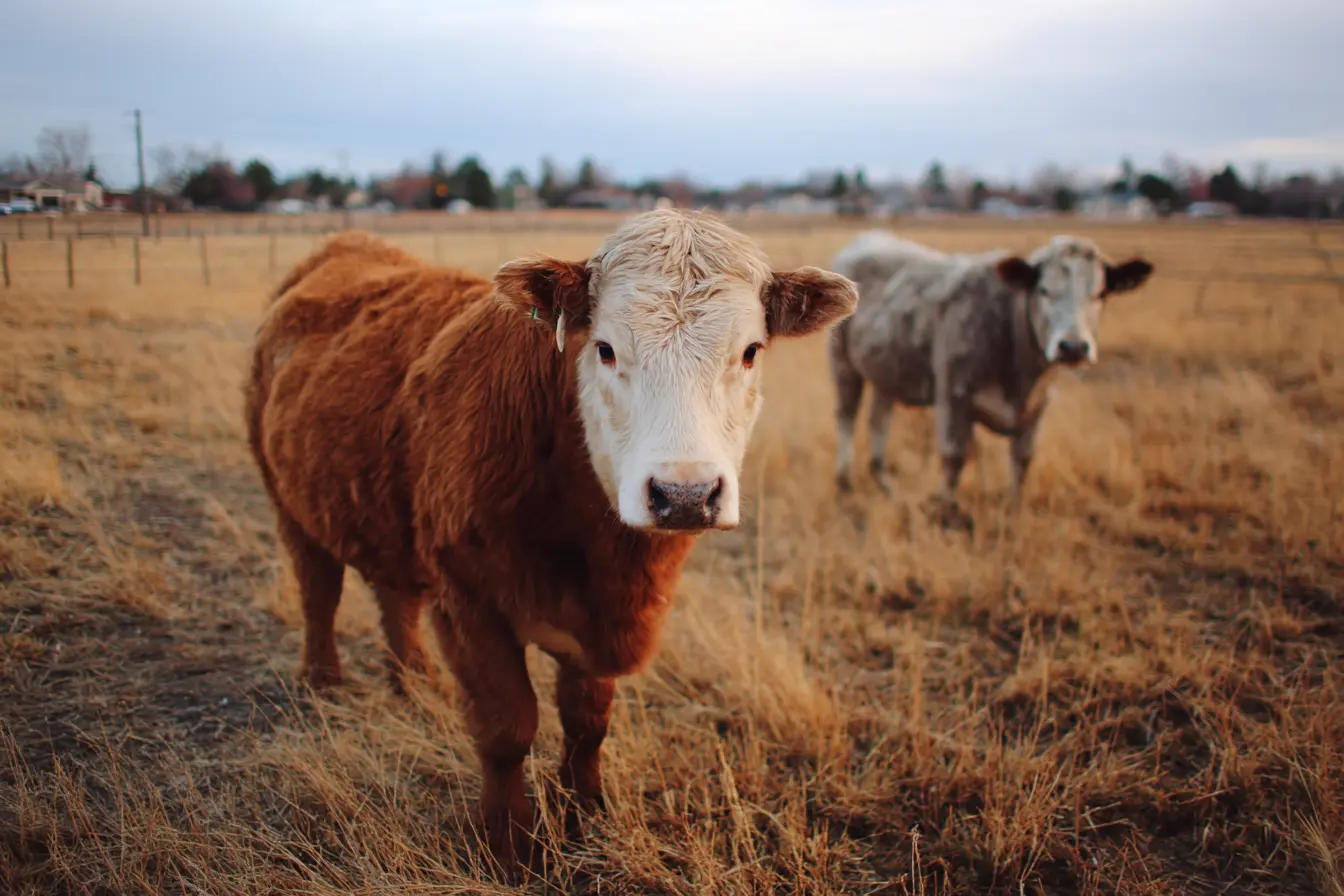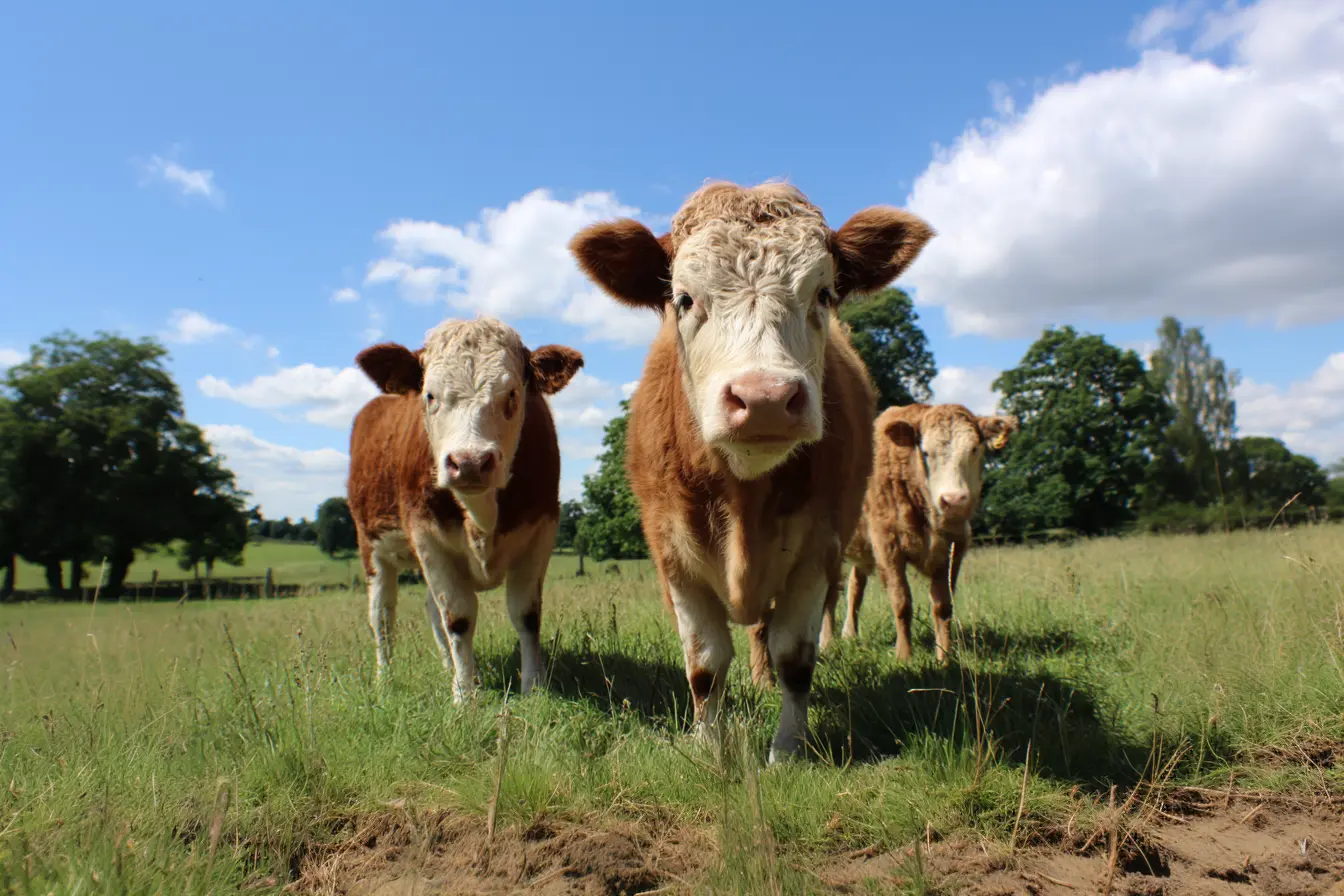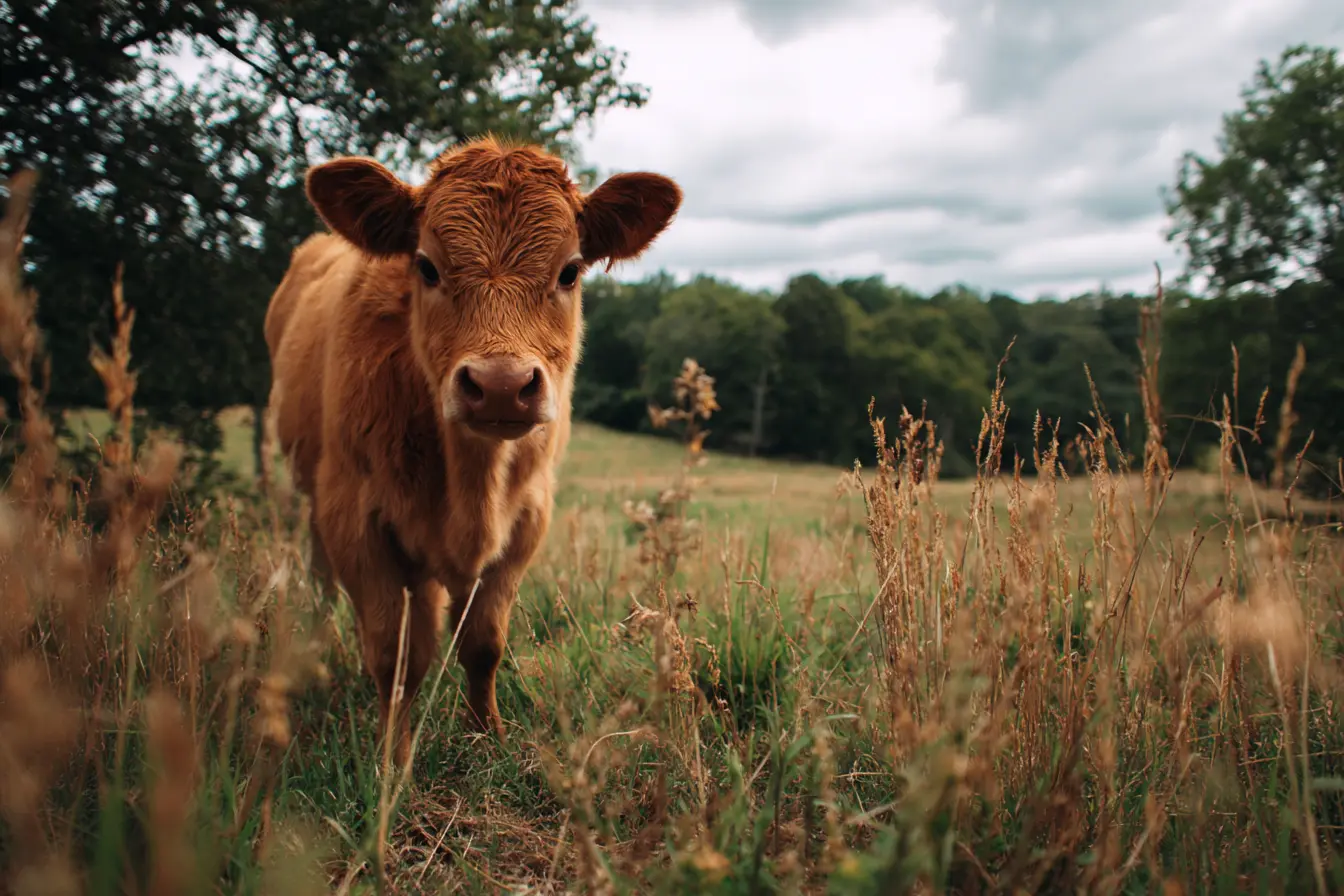
Understanding Bovine Tuberculosis (bTB) and Its Impact on UK Livestock
Bovine Tuberculosis (bTB) is a chronic infectious disease that affects cattle and various other mammals, including humans. Caused by the bacterium Mycobacterium bovis, bTB poses significant economic, environmental, and social challenges for the UK farming sector. In this blog post, we’ll explore what bTB is, how it spreads, the impact it has on farmers, and the measures taken to control it.
What is Bovine Tuberculosis?
bTB is caused by Mycobacterium bovis, a close relative of the bacterium responsible for tuberculosis in humans. In cattle, it usually affects the lungs and lymph nodes, but it can spread to other organs. While bTB can infect humans, such cases are rare in the UK thanks to milk pasteurisation and rigorous animal health programmes.
Symptoms and Disease Progression
bTB is a slow-developing disease that can remain asymptomatic for long periods, making detection challenging without regular testing. When symptoms do appear, they can include:
- Persistent coughing
- Weight loss and poor body condition
- Swollen lymph nodes (especially in the head and neck)
- Occasional breathing difficulties
Routes of Transmission
The primary route of infection is inhalation of infectious droplets, especially when cattle are housed indoors over the winter. Other routes of transmission include:
- Ingestion of contaminated feed, water, or unpasteurised milk
- Direct contact with infected animals, including wildlife
- Contaminated farm equipment and vehicles
Wildlife Reservoirs and Other Animals at Risk
One of the complexities of managing bTB in the UK is its presence in wildlife, particularly badgers, which can shed M. bovis in urine, faeces, and sputum. Other animals that can play a role in the disease’s spread include:
- Deer: Red, fallow, sika, roe, and muntjac deer can be infected and may spread the disease where populations overlap with cattle.
- Goats and camelids (llamas and alpacas): These increasingly common livestock can also contract and spread bTB.
- Sheep: Although sheep can be infected, they are generally considered a spillover host rather than a significant reservoir.
- Cats: Domestic cats can rarely become infected, typically via contact with infected wildlife.
The involvement of these species highlights the complex epidemiology of bTB in the UK and the need for vigilance beyond just cattle herds.
Economic and Social Impacts on Farmers
The presence of bTB has far-reaching implications for farmers:
- Financial losses: Infected cattle must be culled, and movement restrictions limit trade opportunities.
- Testing and control costs: Regular testing, biosecurity upgrades, and compensation gaps place heavy burdens on farm finances.
- Market restrictions: Disease status can limit access to both domestic and export markets.
- Emotional stress: The repeated testing, loss of animals, and uncertainty around control efforts take a significant psychological toll on farming families.
Testing and Control Measures
The UK government’s bTB control programme combines regular testing, culling of infected animals, and stringent biosecurity measures.
Regular Testing
- Tuberculin skin test: This annual (or more frequent in high-risk areas) screening test checks for immune reactions to bTB bacteria.
- Gamma interferon blood test: A more sensitive follow-up test used to confirm infection and catch cases missed by the skin test.
Culling of Infected Animals
Animals that test positive are compulsorily slaughtered to reduce disease spread. While compensation is provided, it often doesn’t fully cover the economic loss.
Farm Biosecurity
Farmers are encouraged to:
- Fence off badger setts and latrines
- Secure feed and water sources
- Disinfect vehicles and equipment regularly
- Minimise cattle movements and interactions with other livestock and wildlife
Managing Badgers: Legal and Practical Considerations
Badgers are a protected species under the Protection of Badgers Act 1992, and controlling their populations to manage bTB spread is a sensitive and tightly regulated area.
What Farmers Can Do
- Participate in government-licensed badger control operations: Licensed culling is carried out by trained contractors in specific areas.
- Apply for licences to undertake or support badger vaccination programmes.
- Implement biosecurity to minimise cattle-badger contact.
What Farmers Cannot Do
- Harm or kill badgers without a licence: Unlicensed badger culling is illegal and subject to prosecution.
- Destroy or disturb badger setts without specific authorisation, including blocking or filling in setts.
These legal restrictions ensure that badger management is carried out in a controlled, evidence-based, and humane way.
Research and Future Prospects
Ongoing research aims to improve the UK’s approach to bTB control. Key areas of focus include:
- Enhancing the sensitivity and specificity of diagnostic tests
- Developing cattle vaccines (e.g., BCG trials, not yet licensed for general use)
- Understanding how bTB spreads between wildlife and livestock to better target control measures
These efforts are vital for achieving the long-term goal of eradicating bTB in the UK.
Conclusion
Bovine Tuberculosis remains a complex and persistent threat to the UK’s farming industry. Successfully tackling it requires a comprehensive approach that combines cattle testing and culling, strong farm biosecurity, and effective management of wildlife and other at-risk species. With continued research and collaboration among farmers, government agencies, and scientists, there is hope for better control and, eventually, eradication of this challenging disease.
Contents
Tags
Vets near you
Speciality vets
- Aquatics vet specialists
- Birds vet specialists
- Camelids vet specialists
- Cats vet specialists
- Cattle vet specialists
- Deer vet specialists
- Dogs vet specialists
- Equines vet specialists
- Exotic vet specialists
- Goats vet specialists
- Pigs vet specialists
- Poultry vet specialists
- Sheep vet specialists
- Small Mammals vet specialists
- Wild vet specialists
